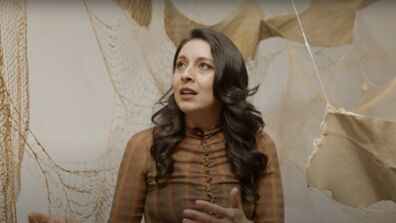
Did You Miss Graduate Thesis Night 2019? See it Here.
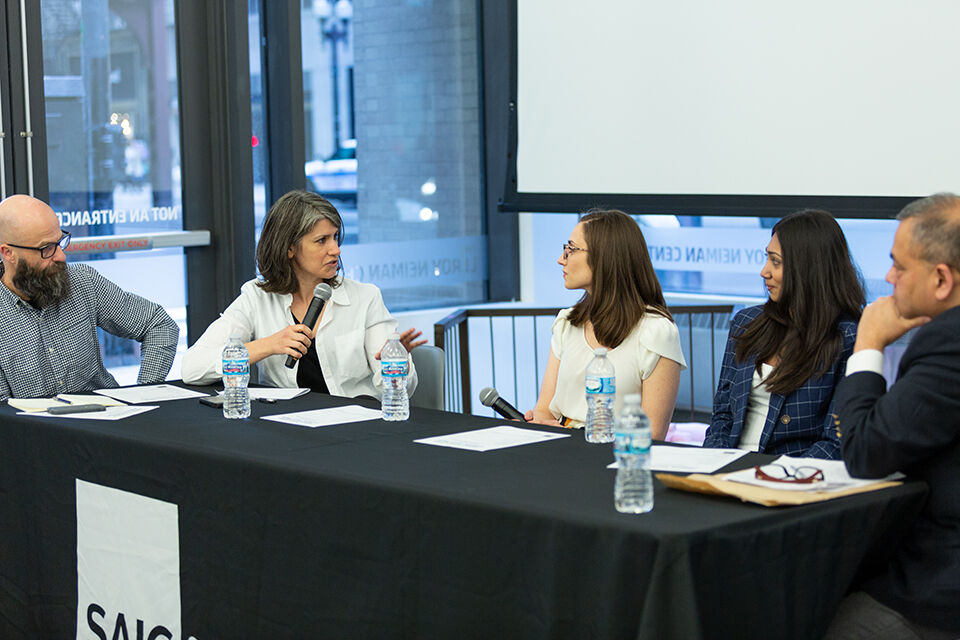
The Historic Preservation Graduate Thesis Night took place on April 18, 2019. Watch the full video here.
Program
Introduction: Nicholas Lowe, Associate Professor and Chair of the Department of Historic Preservation at the School of the Art Institute of Chicago
Guest Speaker: Arijit Sen, Associate Professor of Architecture and Urban Studies, University of Wisconsin Milwaukee
Thesis Presentations:
MS Historic Preservation Candidate Alyssa Frystak: "“Small but Mighty: Combating the Affordable Housing Crisis Through Small-Scale Rehabilitation." Learn more here.
MS Historic Preservation Candidate Palak Shah: "The Adaptive Re-Use of the Pol: Indigenous Residential Architectural Types of Ahmedabad, India." Learn more here.
Discussion: Alyssa Frystak, Palak Shah, Nicholas Lowe, Arijit Sen, and Carla Bruni
Meet the Thesis Night Panel
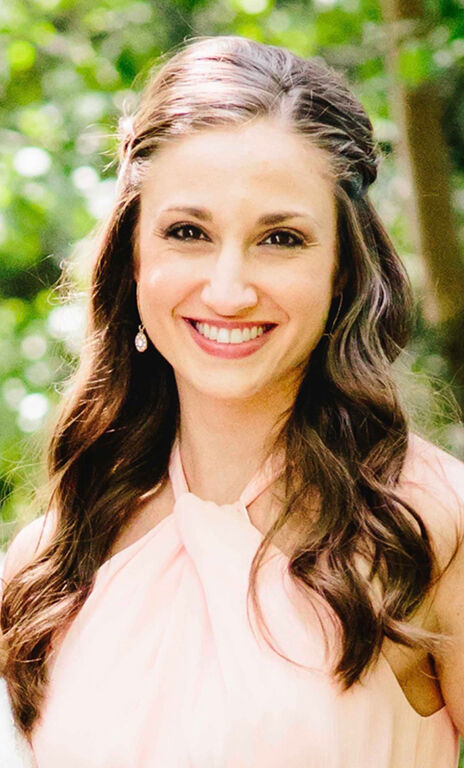
Alyssa Frystak: "For as long as I can remember, I have been fascinated by history and the built environment. One thing that has always intrigued me about historic buildings is their ability to act as windows into our past. They not only serve as the locus of collective memory, but also lay the foundation for individual experience and cultural identity. Our older building fabric helps tell the stories of our past, from the rapid development of our cities, to the disgraceful marginalization of entire populations. All of these histories, be they inspiring or painful, must be told in order to create a more inclusive record of our human experience. My interest lies at the intersection of historic preservation, urban planning, and public policy and investigating ways in which these distinct, yet interconnected, disciplines can be used to break down racial and socioeconomic barriers to preserve communities. I hold a Bachelor of Arts in Architectural Studies from the University of Illinois at Chicago, where I am also concurrently pursuing a Graduate Certificate in Geospatial Analysis and Visualization. I am honored to be the inaugural recipient of the Mencoff Family Fellowship in Historic Preservation."
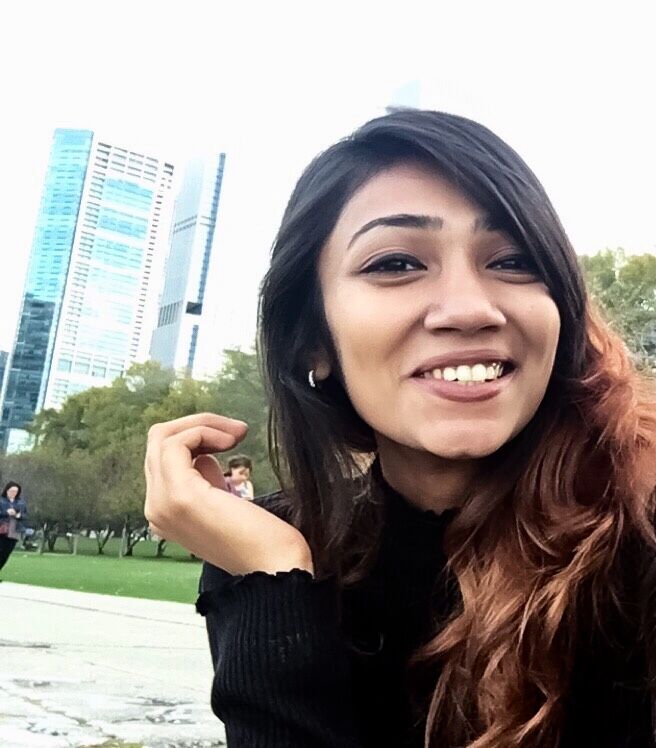
Palak Shah: "I am an architect and as my knowledge of architecture grew, I marveled at the idea that not only is a structure designed to exist in time, it also represents a particular time. Regardless of how many new technologically sound super-structures are built, a study of our historical structures is a means to preserve our heritage. My innate curiosity and schooling enabled me to navigate the randomness of the alleyways and recesses in search of the minute structural details that spoke volumes of my shared history. Historic Preservation for me represents a desire to stay connected to a history that is increasingly becoming distant and less tangible. As more and more super-structures go up around me, I wonder if people of my generation and subsequent generations will truly be able to connect to our past without the preservation and restoration of these important historic structures. This idea majorly propelled my pursuit of the study of historic preservation. Armed with greater knowledge and experience via internship in the program here at SAIC, I am more interested in the restoration part of the field."
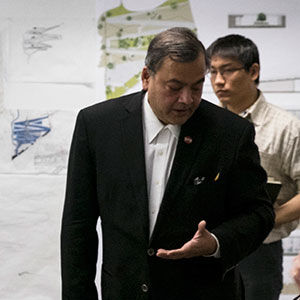
Arijit Sen is an architect and vernacular architecture historian who writes, teaches, and studies urban cultural landscapes. His research explores immigrant histories, post disaster reconstruction, and community-based design. He directs the Buildings-Landscapes-Cultures Field School. a multi-disciplinary project where students, faculty, scholars, and community members explore ways to see and interpret their city by engaging in storytelling, ecological conservation, heritage preservation, and civic engagement. Sen cofounded Buildings-Landscapes-Cultures, an interdisciplinary doctoral program area shared by the University of Wisconsin-Madison and UW Milwaukee, and has served on the boards of Vernacular Architecture Forum and the Society of Architectural Historians. His writings include articles and book chapters on South Asian immigrant cultural landscapes and early 20th Century immigration in the United States. He has coedited Landscapes of Mobility: Culture, Politics and Placemaking (Ashgate Publishers, UK, 2013, Jennifer Johung coeditor) and Making Place: Space and Embodiment in the City (Indiana University Press, 2014, Lisa Silverman coeditor).
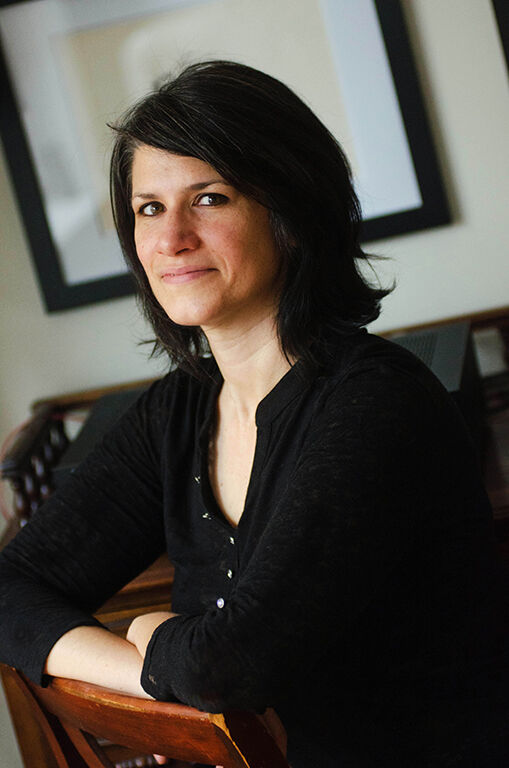
Carla Bruni specializes in community outreach and assessing the qualitative contributions of cultural heritage. Bruni has published numerous articles, led workshops, and created blogs focused on the changing face of historic preservation, the need for increased diversity across the movement, and the ways in which cultural resources are crucial to our environmental and social wellbeing. Her work with housing organizations, environmental organizations, and community groups has culminated in the creation of local history and home maintenance publications, a video series, hands-on workshops, and several historic districts listed on the National Register of Historic Places. Bruni holds a MS in Historic Preservation from the School of the Art Institute of Chicago (2008) and a BA from Loyola University Chicago in English (2000).
Nicholas Lowe is an interdisciplinary artist, teacher, project manager, and curator. He is known for his photography, video, and installation works from the 1980’s and 90’s that focus on experiences of AIDS and HIV. Lowe has also worked in prisons and with farming communities in the UK. He's worked with people in these specific social situations to facilitate opportunities where the details and information from personal archives and from first voice accounts are offered as a commentary upon prevailing social conditions. Sometimes called a social practitioner and identified as a contextual artist, Lowe has facilitated exhibitions, publications, and archival collecting throughout the 90’s into the early 2000’s and up to the present time. Alongside his tenure as Associate Professor in Historic Preservation he is curator of the Goat Island Archive and advisor to the Roger Brown Study Collection, a special collection of the School of The Art Institute of Chicago.
